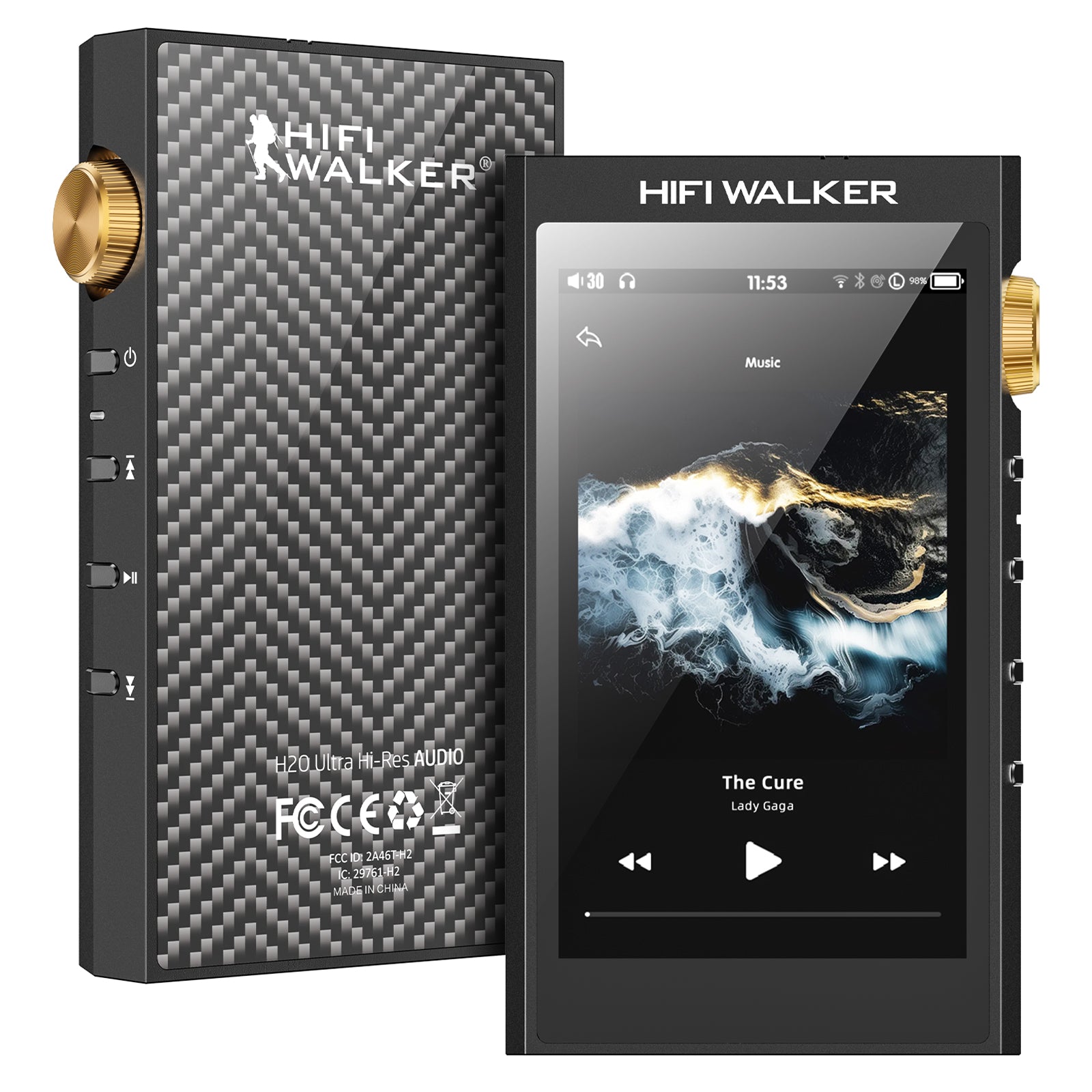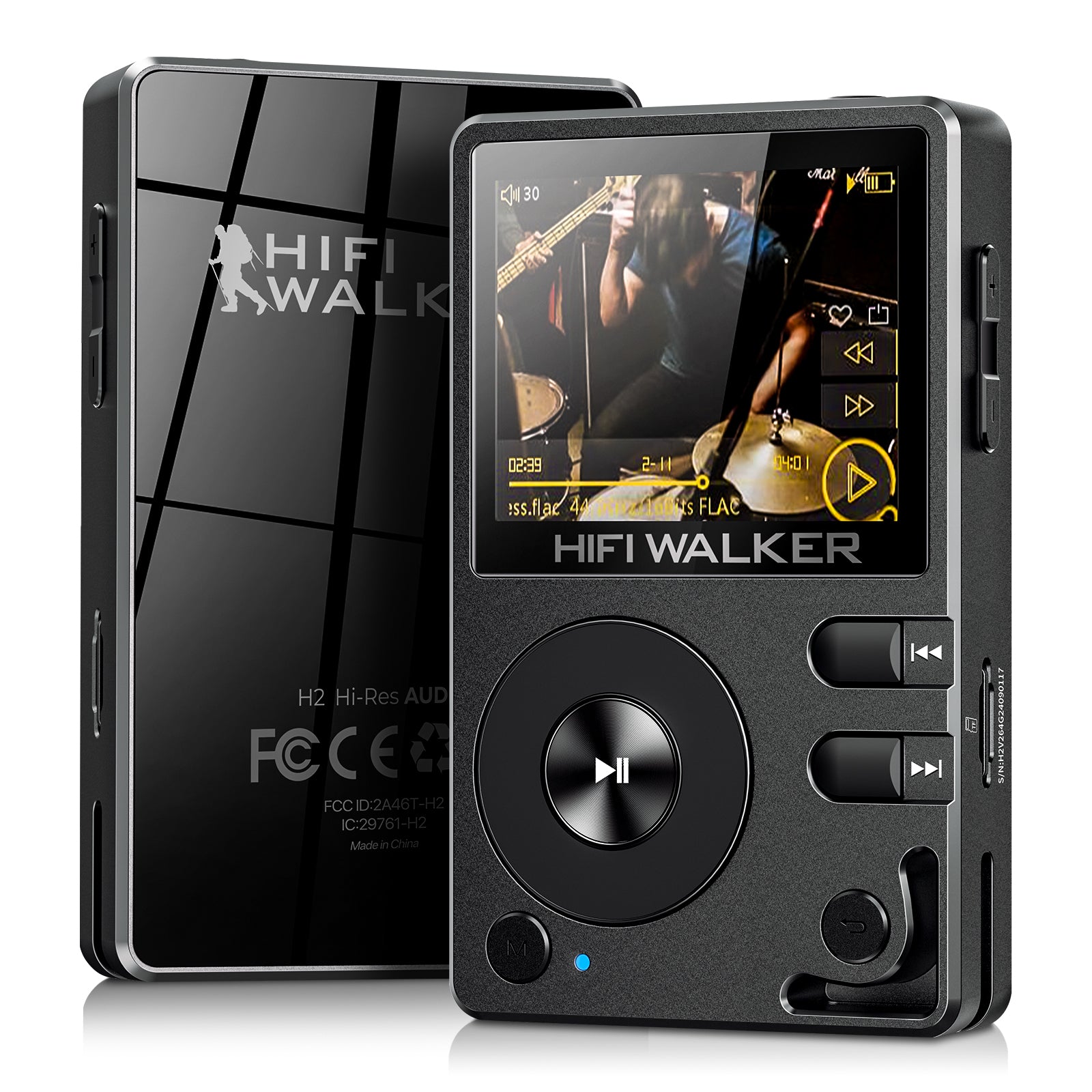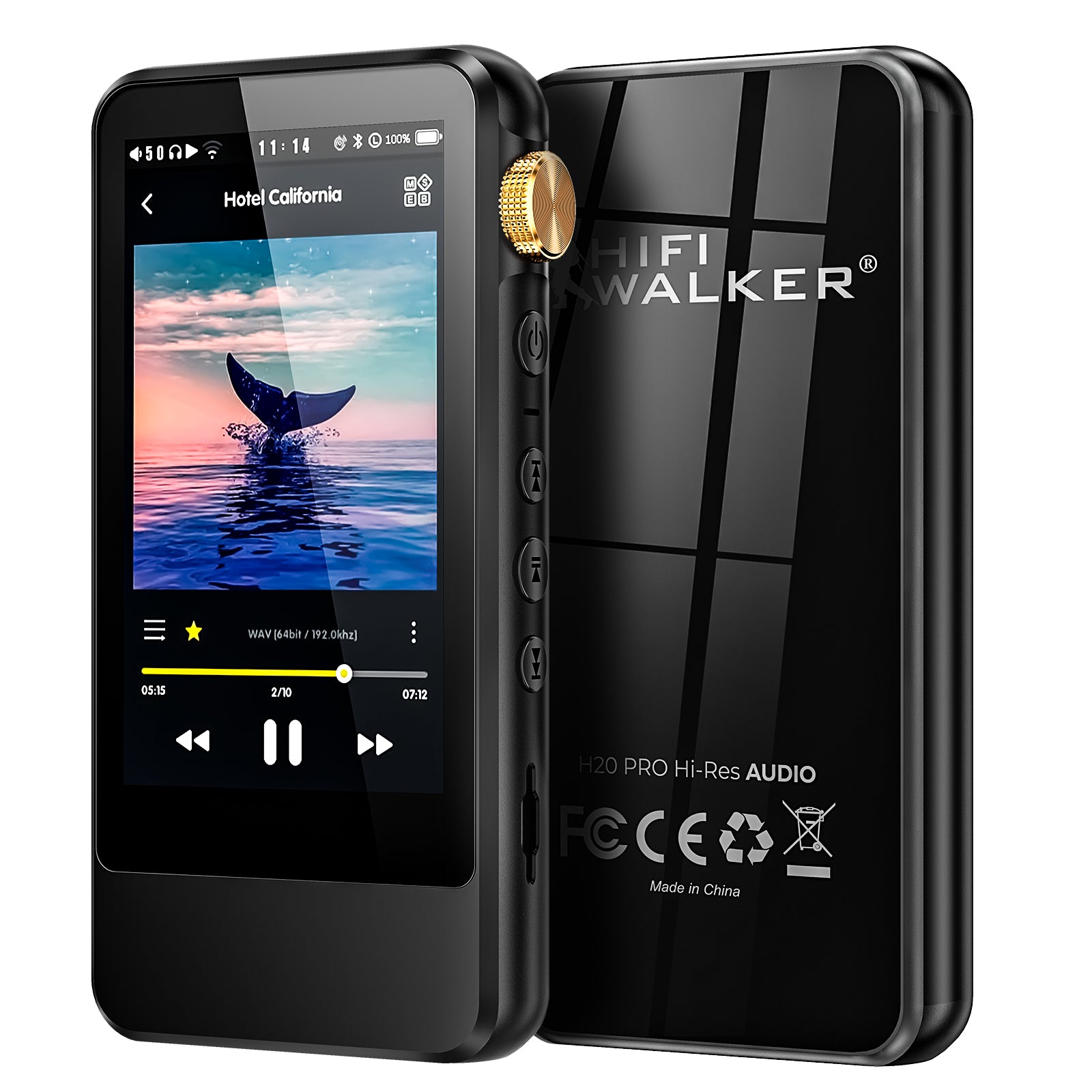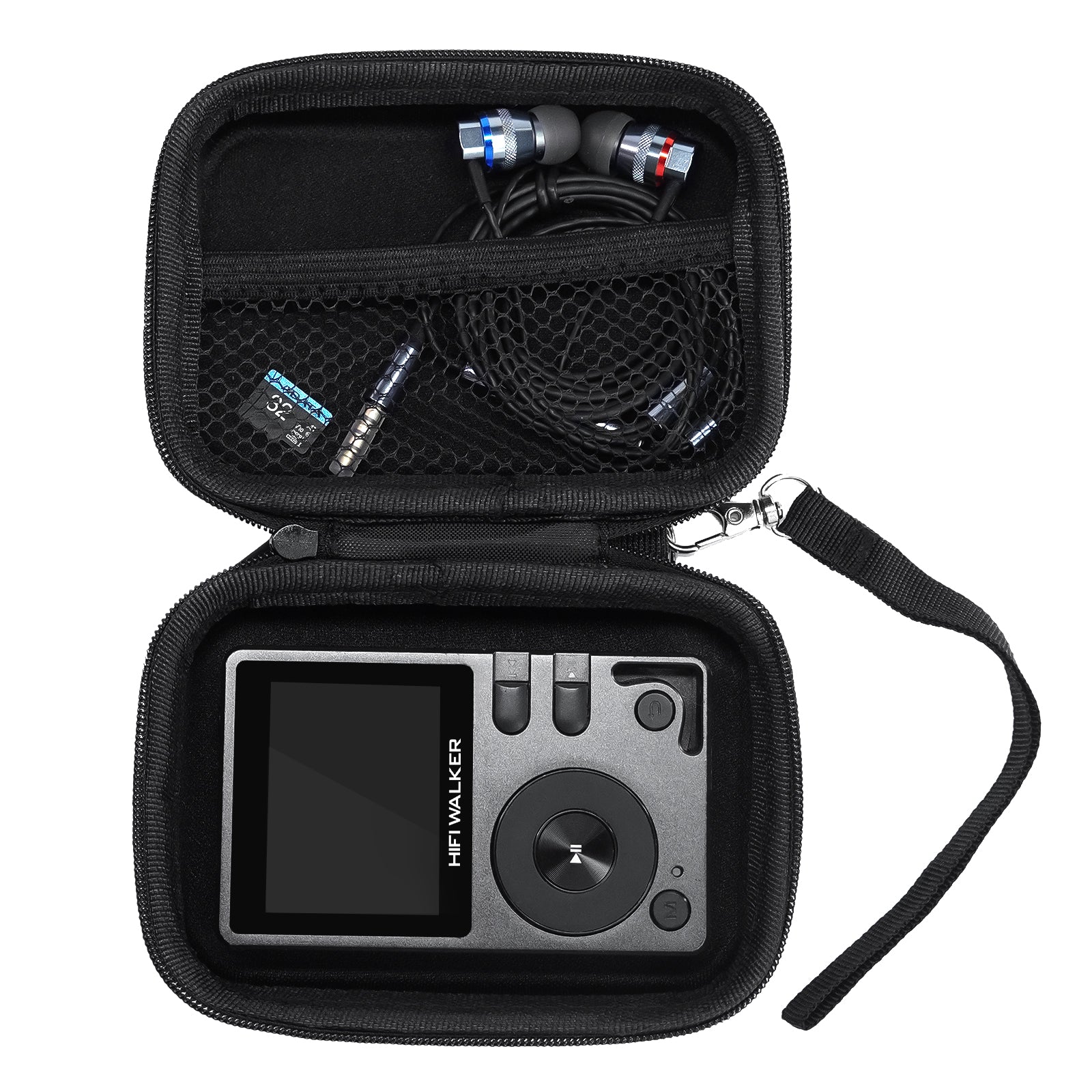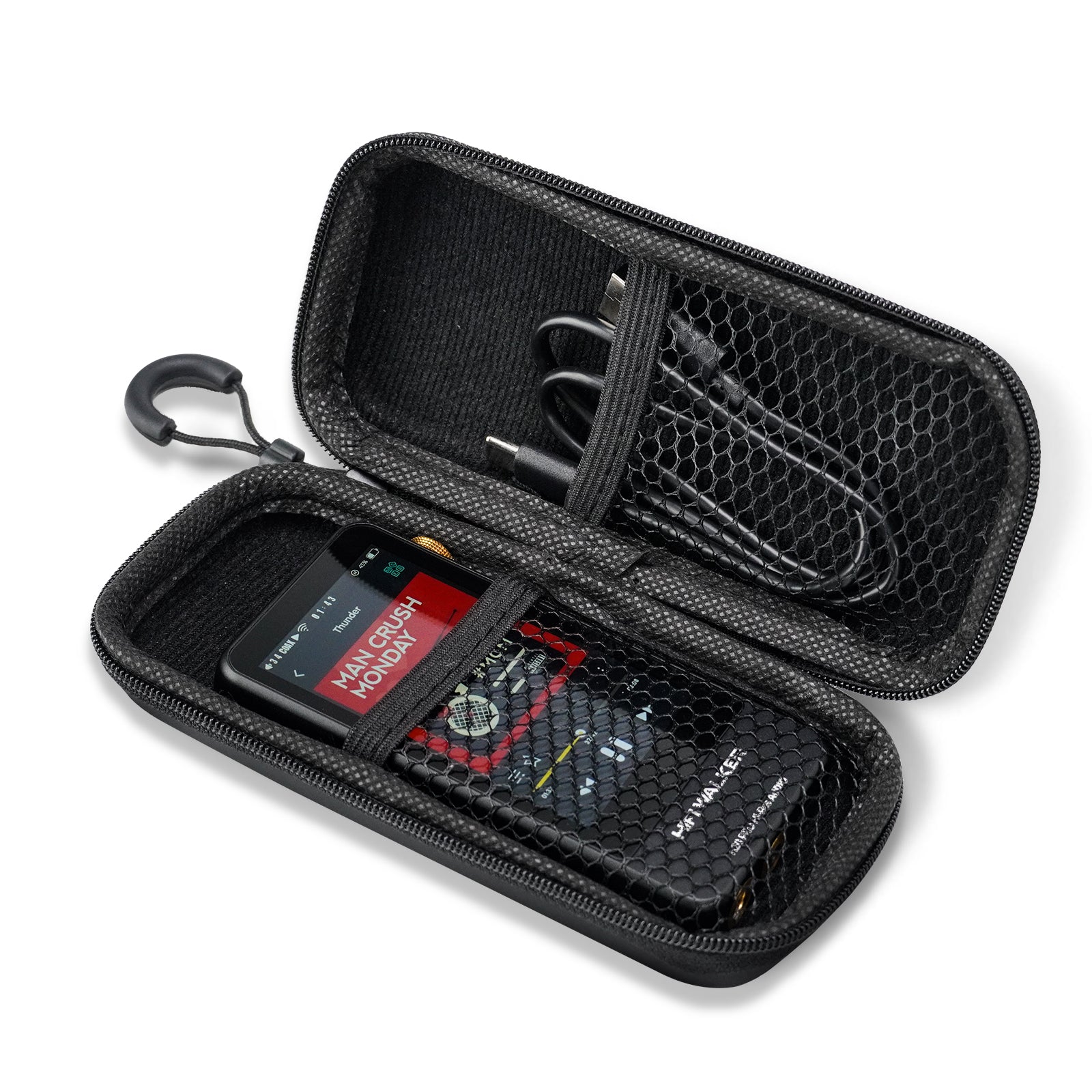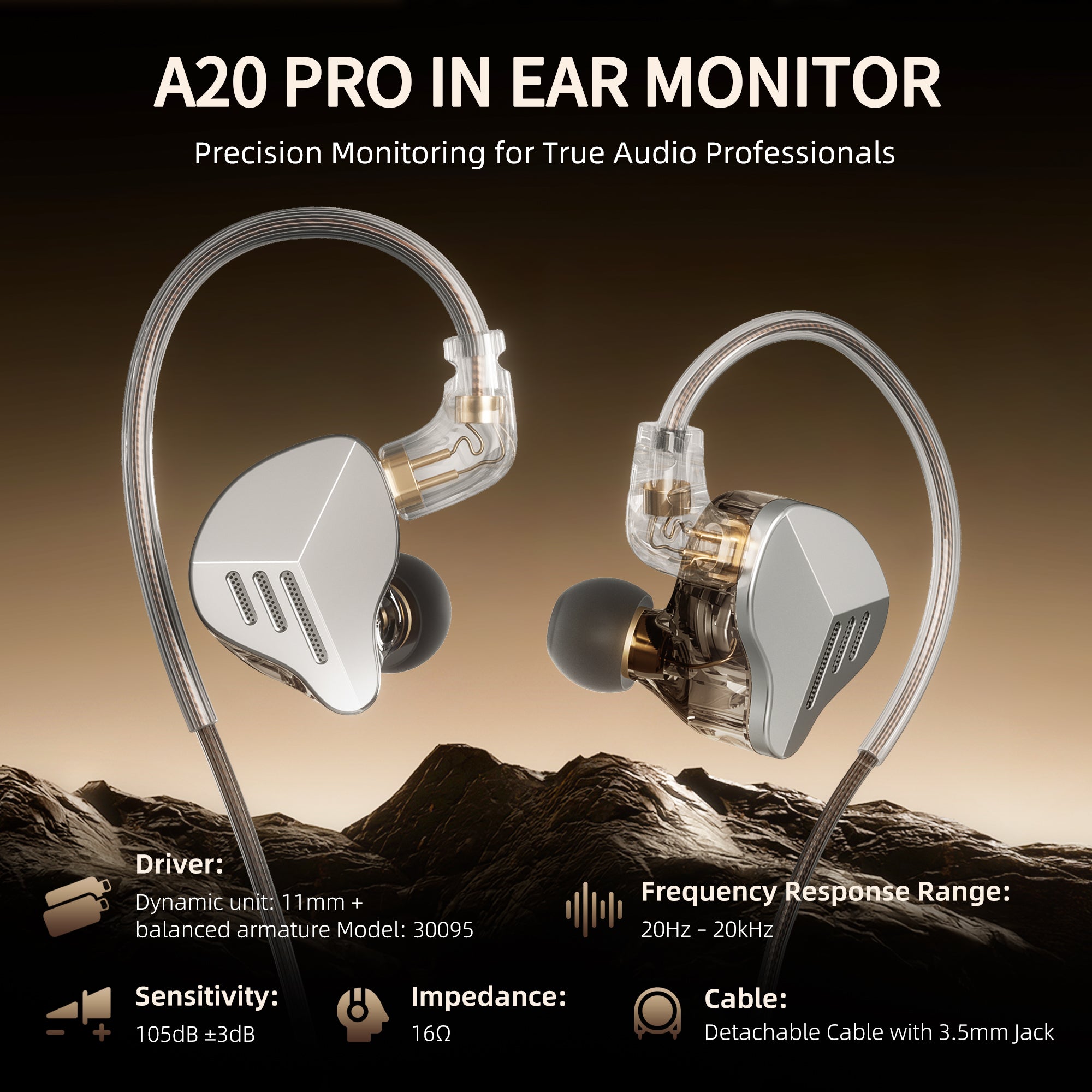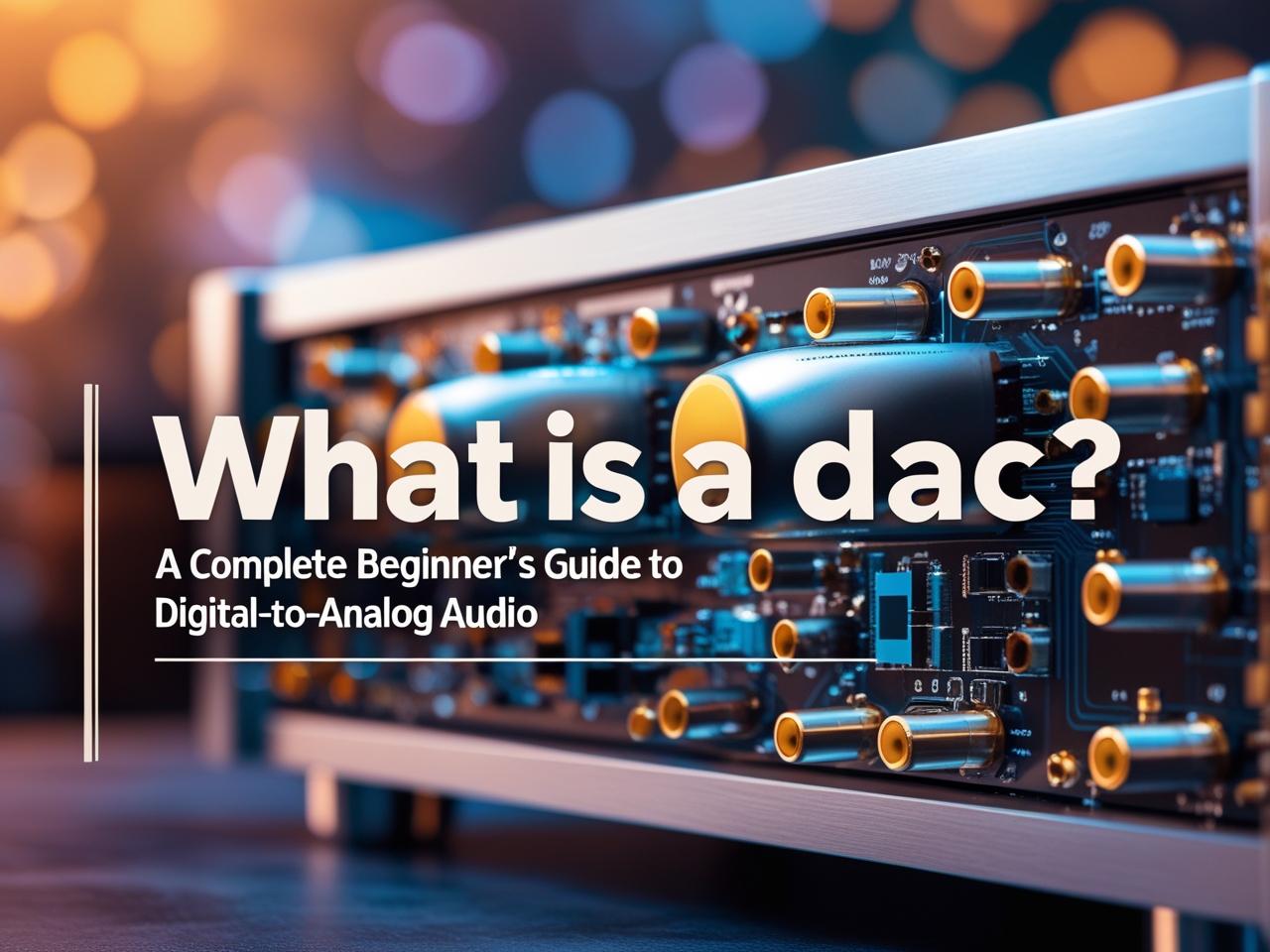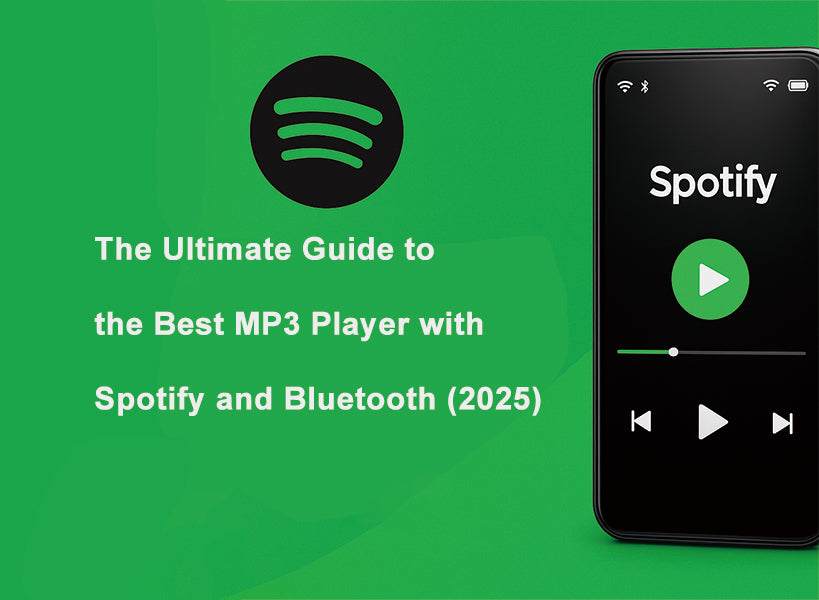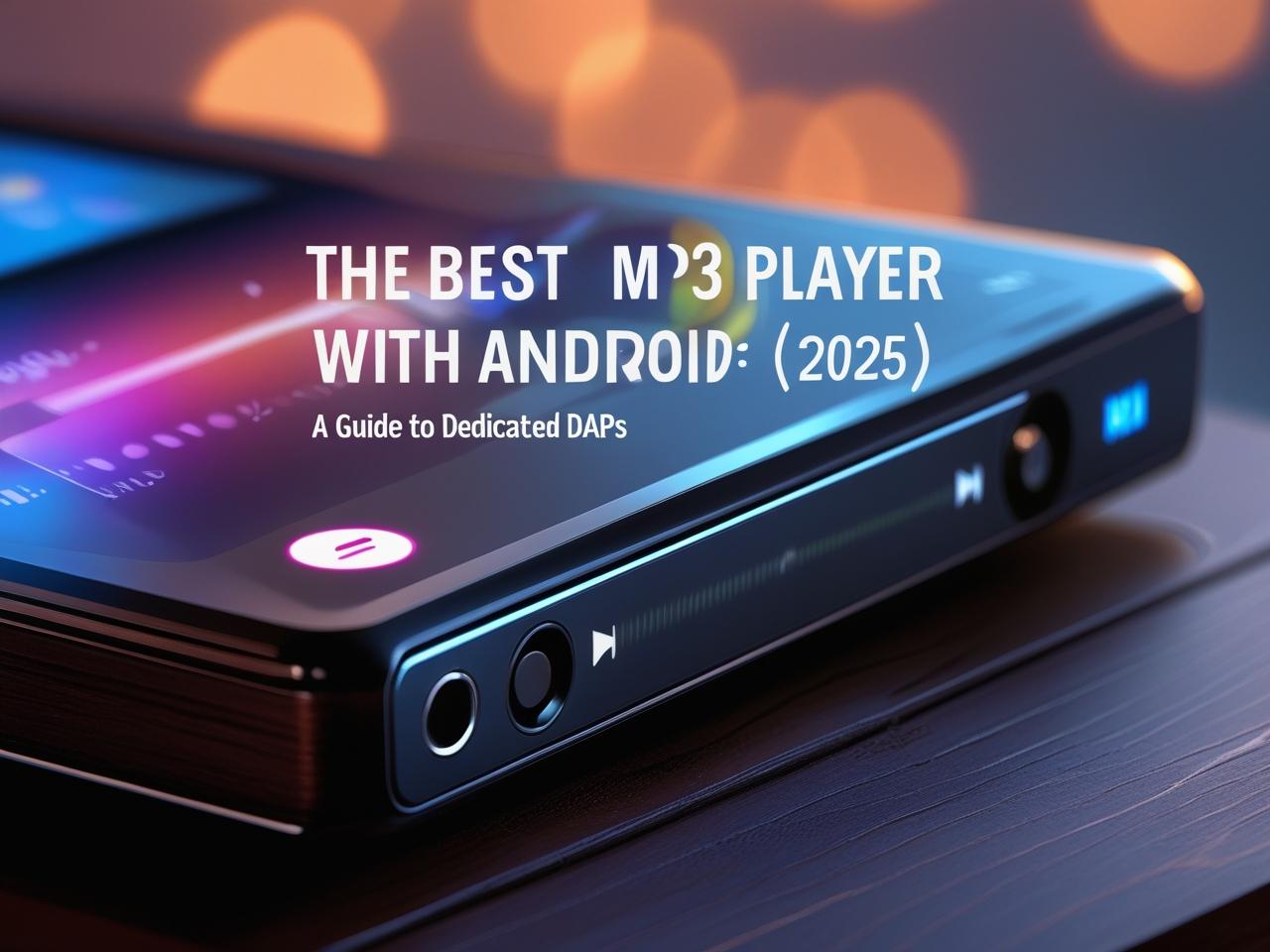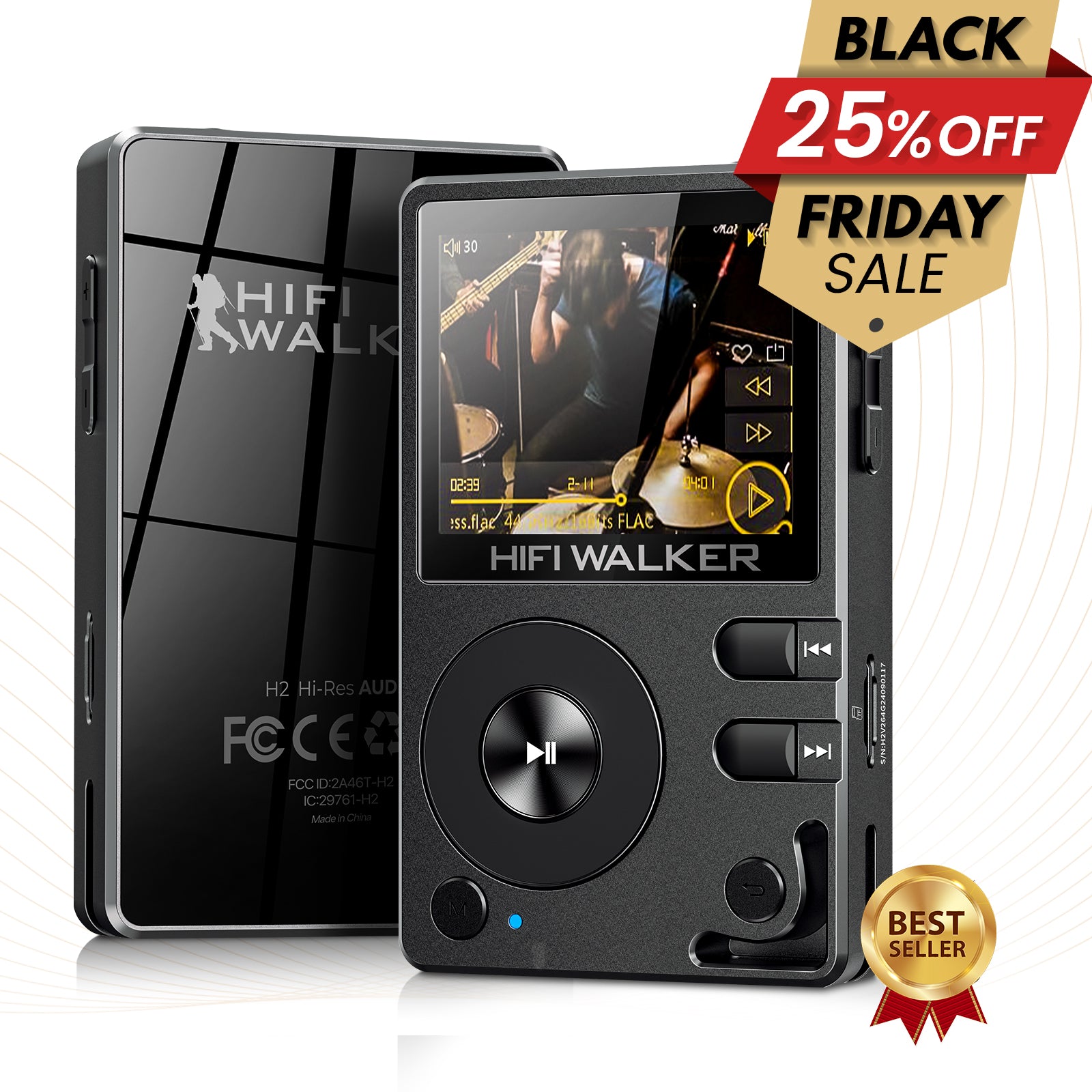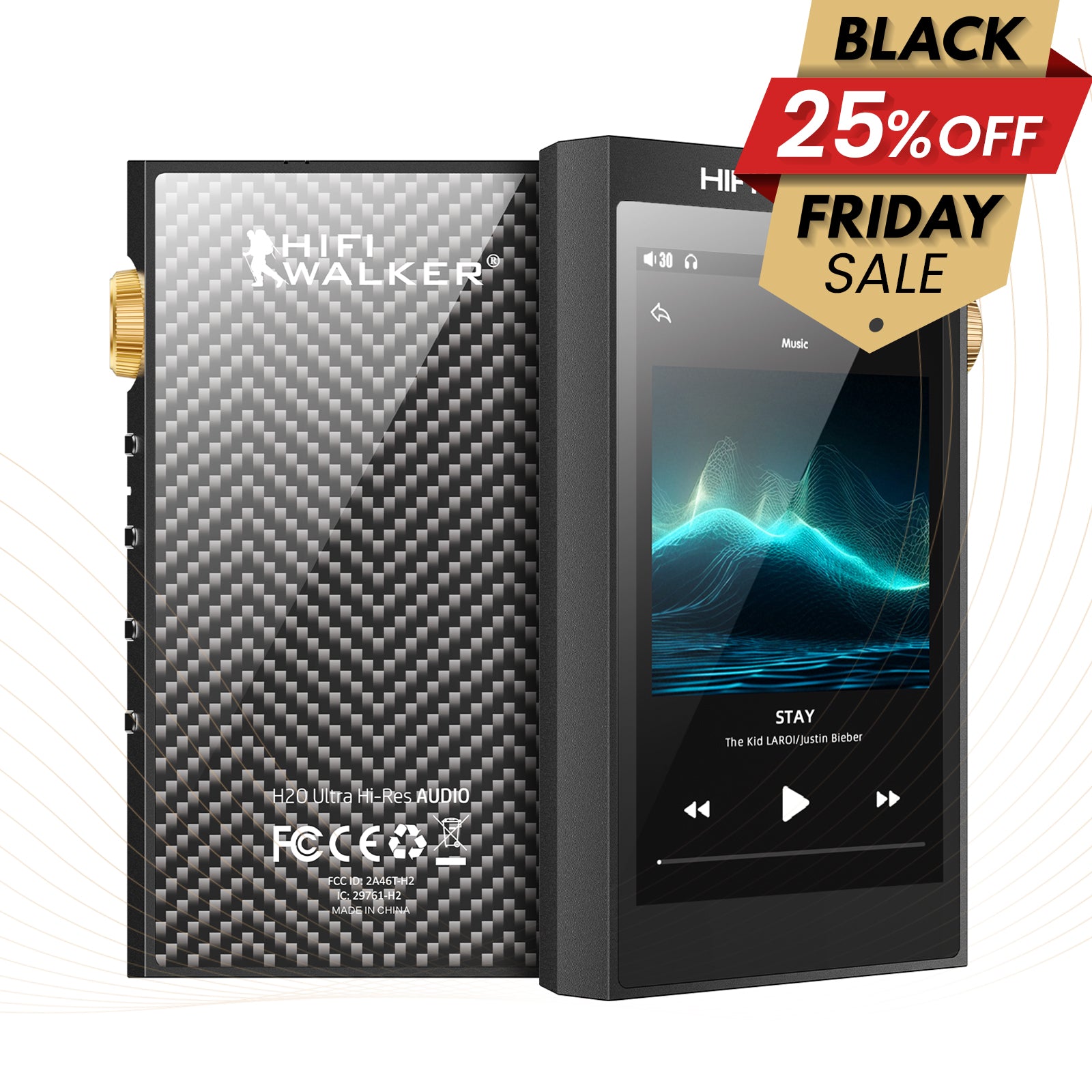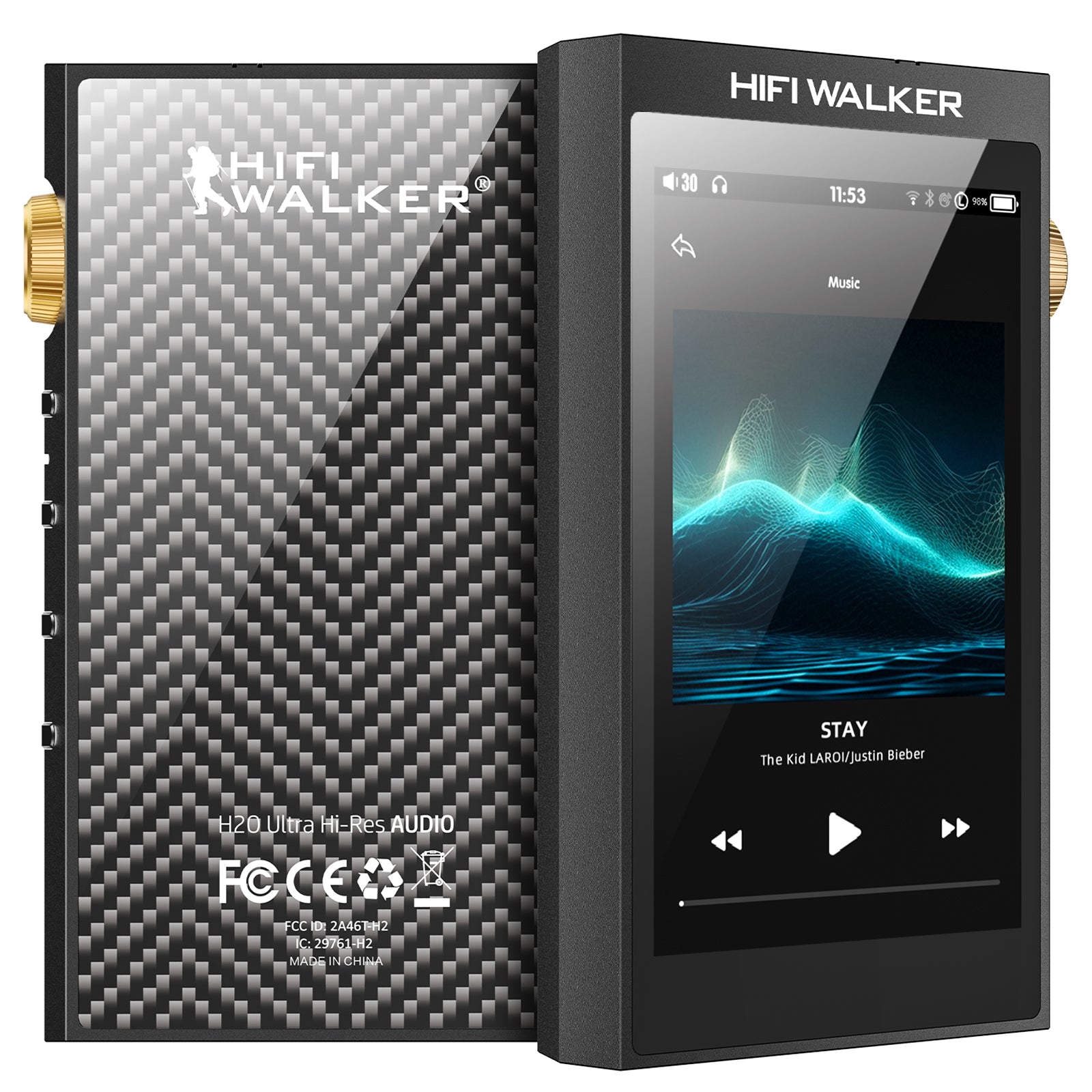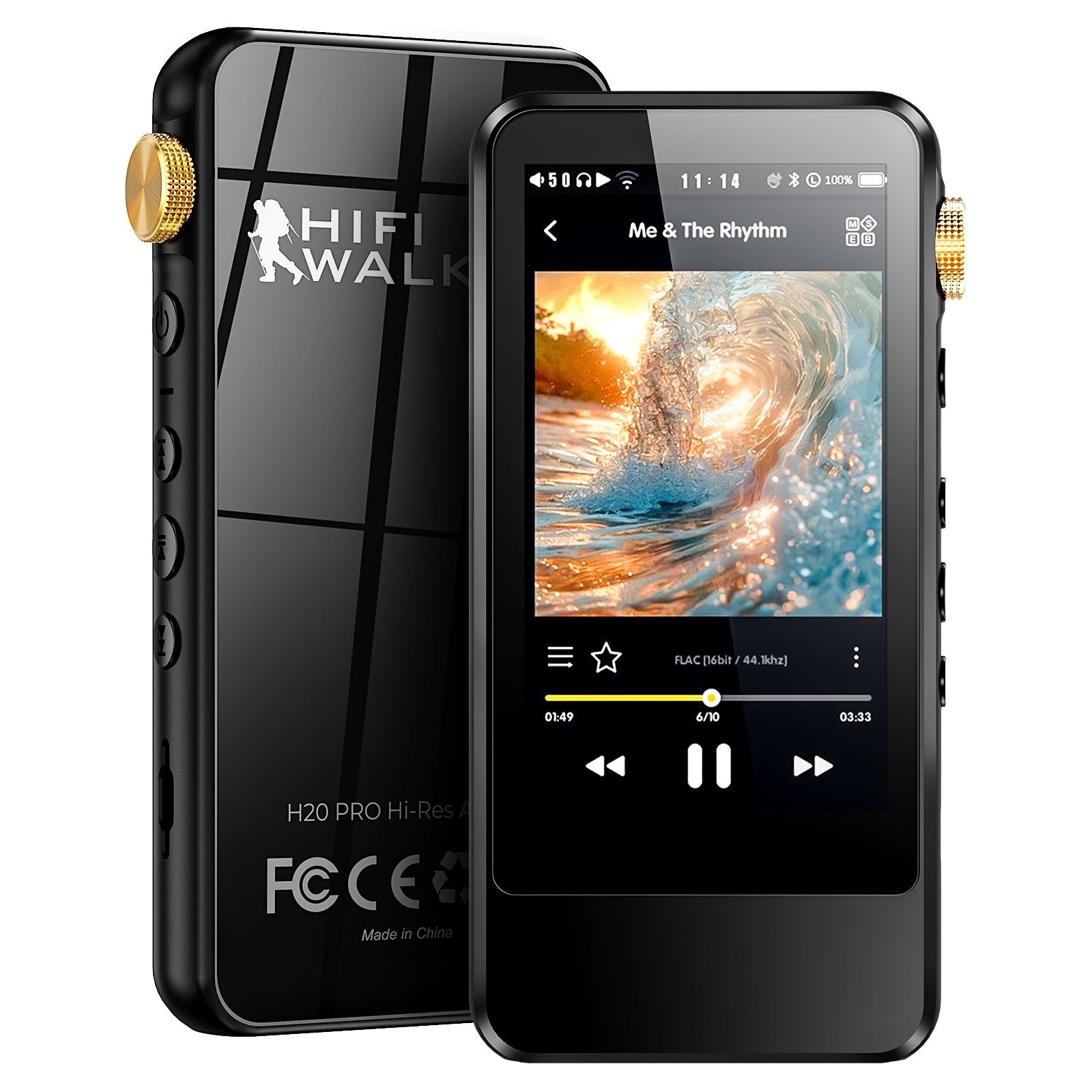Table of Contents
- Introduction
- Unpacking the DAC: What It Is
- The Bridge: Why Digital Sound Needs Analog
- How a DAC Transforms Sound: A Simple Explanation
- Different Kinds of DACs and Their Best Uses
- Do You Really Need an External DAC?
- Choosing Your First DAC: Easy Tips for Beginners
- Elevate Your Sound: HIFI WALKER Hi-Fi Audio Players
- Frequently Asked Questions (FAQs)
- Final Thoughts
Introduction
Chances are, you're enjoying digital music right now, whether it's from your phone, computer, or a dedicated player. Ever wonder how those digital files, just "zeros and ones," transform into the rich sounds you hear? The secret lies with a crucial piece of tech: a DAC, or Digital-to-Analog Converter. This essential component makes your digital music audible and beautiful.
The term "DAC" might seem technical, but it's really at the core of nearly every device playing digital audio. So, what is a DAC? Why does it matter for good sound? And can a better one truly upgrade your listening? This guide will clear up the confusion, explaining how DACs work, their different types, and how to pick the right one for your style, even if you're new to high-quality audio.
Unpacking the DAC: What It Is
A DAC (Digital-to-Analog Converter) is an electronic component that converts digital audio signals (the "0s" and "1s" of binary code) into analog sound waves that your headphones or speakers can play.
Imagine your music file as a book written in a special code, but your ears only understand everyday language. The DAC acts as the "translator." It takes those complex digital codes and turns them into smooth, continuous sound waves. Without a DAC, your digital music files wouldn't produce any sound through your headphones or speakers. In fact, every smartphone, laptop, tablet, and even television you use has a built-in DAC. However, these integrated DACs are often basic and may not fully unlock the potential of high-quality music.learn more,read about what is a DAC .

The Bridge: Why Digital Sound Needs Analog
Why can't our digital audio files play directly? Because digital and analog signals are fundamentally different.
- Digital signals are like discrete numerical points—precise, easy to store, and transmit, but they are inherently "silent" and cannot directly drive a speaker.
- Analog signals, on the other hand, are continuous waveforms. They correspond to the sound waves in the real world and can be directly converted into sound by speakers or headphones.
So, the DAC's role is to bridge this gap, transforming abstract digital information into tangible analog sound waves that our ears can perceive. To dive deeper into the basics of this conversion, you can explore more about how digital audio works.
The process of digital audio to analog audio conversion:
Understanding this conversion is key because it explains why a good DAC can make your music sound so much better. A superior DAC can reconstruct the analog waveform more accurately and completely, which reduces distortion and makes the sound clearer and more natural.
How a DAC Transforms Sound: A Simple Explanation
We can use a simple analogy to understand how a DAC works.
Imagine you're looking at a drawing made up of many individual dots. These dots are separate and disconnected. The DAC's job is like connecting these dots, using smooth lines to form a complete, continuous picture. These connected lines represent the analog sound waves our ears hear.
Another vivid analogy:
- A digital music file is like a detailed "recipe" that lists all the steps and ingredients for making a dish.
- The DAC plays the role of the "chef," who precisely "cooks" this dish according to the recipe.
- The analog sound is the final "delicious meal" that you can directly enjoy.
Just as a skilled chef can turn ordinary ingredients into an astonishingly delicious dish, a high-quality DAC can transform the information in digital music files into rich, detailed, and captivating sound, making you feel as if you are right there in the recording studio.

Different Kinds of DACs and Their Best Uses
There are various types of DACs on the market, each designed for different purposes. Understanding these types will help you choose the most suitable device for your needs.
For example, if you often listen to music on your phone and want better sound quality, then a portable USB DAC Dongle would be very convenient. If you have high-quality headphones at home and pursue the ultimate listening experience, a desktop DAC and amplifier combo might be a better choice.
👉 Many HIFI WALKER portable high-fidelity players, such as our HIFI WALKER H2, cleverly integrate a DAC and amplifier into one device, providing you with a convenient yet high-quality listening experience.
Do You Really Need an External DAC?
"Do I really need an external DAC?" This is a common question among music lovers. The answer is: not everyone needs one, but it depends on your listening habits and your desire for sound quality.
You might consider an external DAC if:
If you're unsure, the simplest way is to compare for yourself. Try an A/B comparison between your current device and a friend's setup with a dedicated DAC—the difference can be surprisingly significant! For a deeper dive into how a DAC can improve your sound, check out our guide on what a DAC is and how it improves your sound.
Choosing Your First DAC: Easy Tips for Beginners
For first-time DAC buyers, facing numerous options can be overwhelming. Remembering these simple principles will help you make a smart decision:
- Prioritize your use case: Will you primarily listen at home, or do you need a portable solution for on-the-go? This will determine whether you choose a desktop type or an integrated portable type.
- Check compatibility: Ensure the DAC connects with your devices (e.g., phone, computer). Common interfaces include USB-C, Lightning, or 3.5mm audio jacks.
- Consider the amplifier: If you're using high-impedance, hard-to-drive over-ear headphones, opting for a DAC with a built-in headphone amplifier (a DAC/amp combo) will be more convenient, or you'll need to purchase a separate amplifier.
Want more in-depth buying advice? Read our HiFi Digital Audio Player Guide for expert knowledge and selection tips.
Elevate Your Sound: HIFI WALKER Hi-Fi Audio Players
For beginners looking to enhance their listening experience, the HIFI WALKER product line is an ideal starting point. Our digital audio players feature built-in high-quality DACs and amplifiers, providing you with an all-in-one, convenient high-fidelity solution. In fact, many users consider HIFI WALKER to be the best portable DAC in 2025 for its performance and value.
We highly recommend:
🎧 HIFI WALKER H2 HiFi MP3 Player
- Features a high-resolution DAC chip inside, offering excellent clarity.
- Equipped with a built-in headphone amplifier, effortlessly driving various headphones.
- Physical buttons provide intuitive operation, making it great for all users.
- Supports multiple lossless audio formats like FLAC, WAV, and DSD.
- It’s an excellent entry point into audiophile-grade sound without needing a separate DAC and amplifier stack.
Additionally, you might consider:
- HIFI WALKER H2 Touch – Features a touchscreen for smoother operation, also with a high-quality DAC.
- HIFI WALKER H20 Pro – A flagship digital audio player offering balanced output for an even higher level of sound quality.
Click to visit our HIFI WALKER Product Collection and explore more high-quality audio products.

Final Thoughts
As an indispensable link in any audio chain, a DAC is crucial for enhancing your listening experience. For audio beginners, understanding what a DAC is and how it works marks the first step toward a world of higher-quality music.
Whether you’re starting from scratch to explore high-resolution music or simply aiming to elevate your daily listening experience, a good DAC—like those built into HIFI WALKER players—can transform your sound, making every listen a true enjoyment.
Frequently Asked Questions (FAQs)
Q1: Is a DAC only for audiophiles?
A1: Not at all. Anyone who wants clearer, more detailed sound can benefit from a DAC. It can significantly upgrade your everyday listening experience.
Q2: Will a DAC make Spotify sound better?
A2: Yes, it can. While Spotify and similar streaming services typically compress audio, a good DAC can still significantly improve clarity and reduce distortion, letting you hear more musical detail.
Q3: Can I use a DAC with my phone?
A3: Absolutely. Many compact USB-C or Lightning DAC dongles are specifically designed for mobile use, offering a convenient way to boost your phone's audio quality.
Q4: Do I need an amplifier if I have a DAC?
A4: It depends on your DAC and headphones. Some DACs have built-in amplifiers that are powerful enough for most headphones. However, if your headphones have high impedance or low sensitivity, a separate amplifier will provide more driving power, allowing your headphones to perform at their best.
Q5: What audio formats work best with DACs?
A5: Lossless audio files, such as FLAC, ALAC, and DSD, truly shine when paired with a high-quality DAC. These formats retain more audio information, allowing the DAC to deliver maximum clarity and detail.

